Perfect your panels and pacing with these comic art tips from an expert
Marvel and Disney artist Derek Laufman explores which moments to illustrate and how to create visual interest in panels.
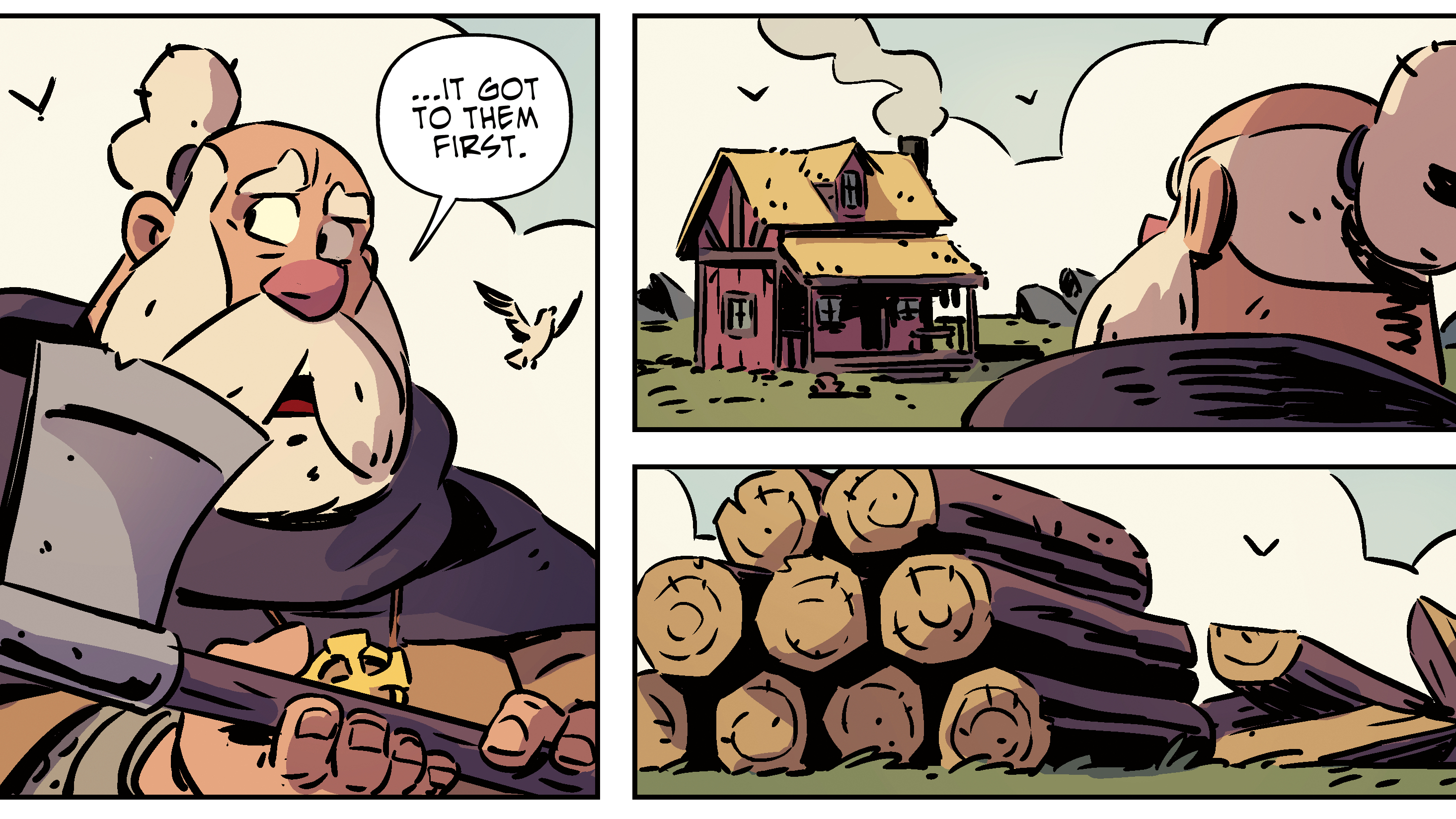
A comic is a series of snapshots from a story. But which snapshots do you choose to illustrate? And how to you ensure your panels keep your readers interested without exhausting them? Every comic artist will have their own approach, but below I'll share my tips for how to approach this.
If you need new tools to work with, see our guides to the best drawing tablets and the best digital art software. In the meantime, here are my top comic art tips.
01. Get inside your characters' heads
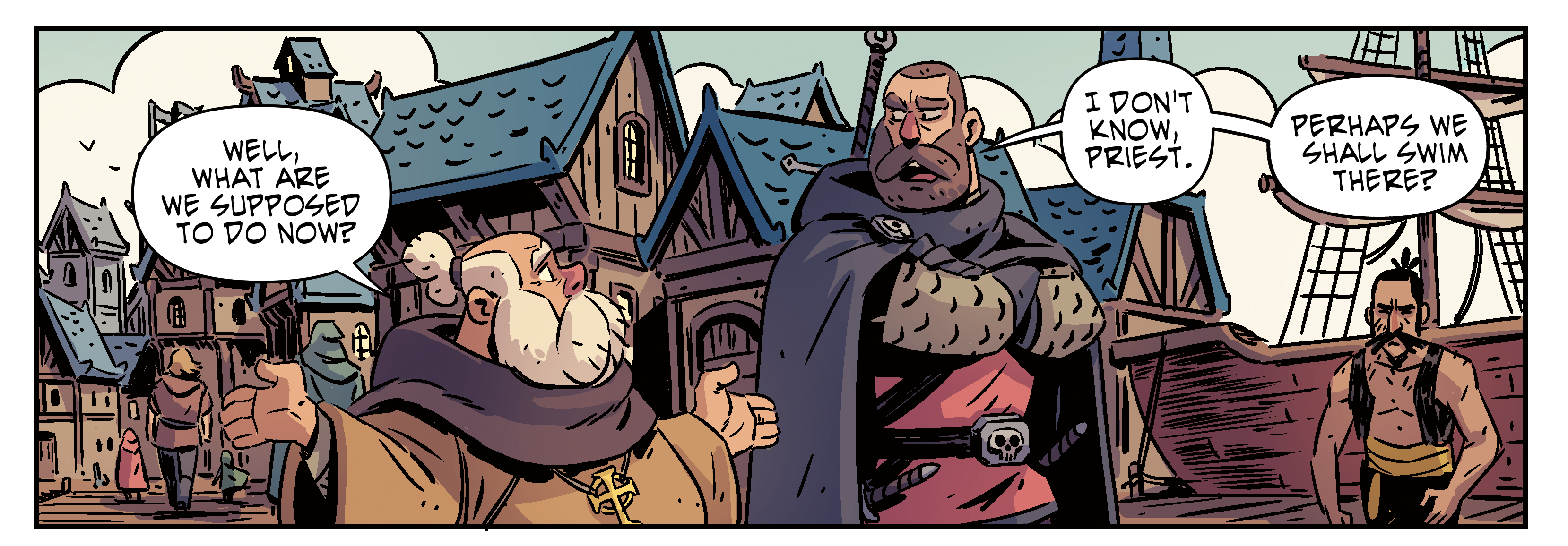
Get into the head of your characters and ask yourself what motivates their actions.
02. Select your shots
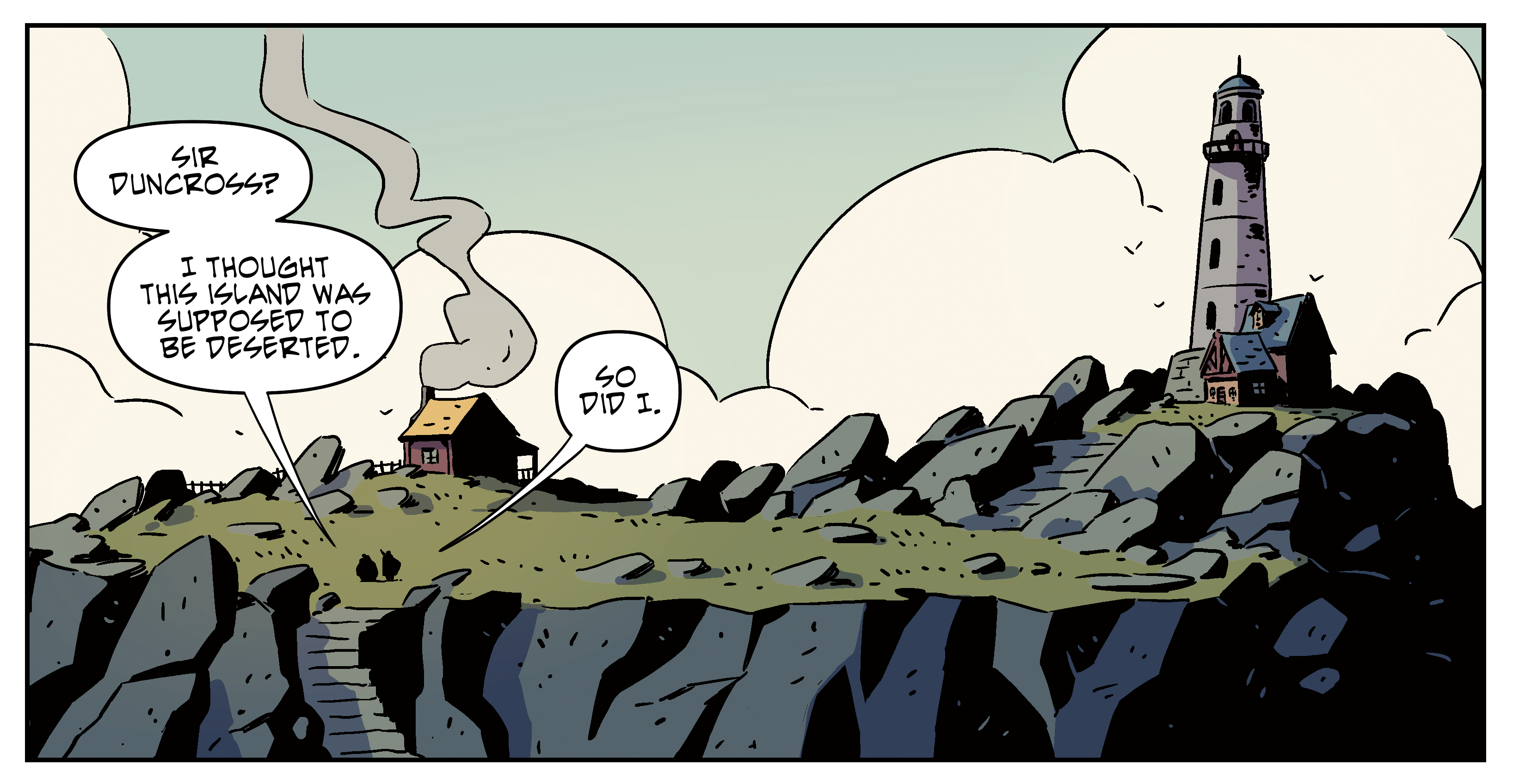
Think about your panels as still shots in a movie or show, where you’re capturing the most important moments of the story. Make each one count!
03. Make your panels clear
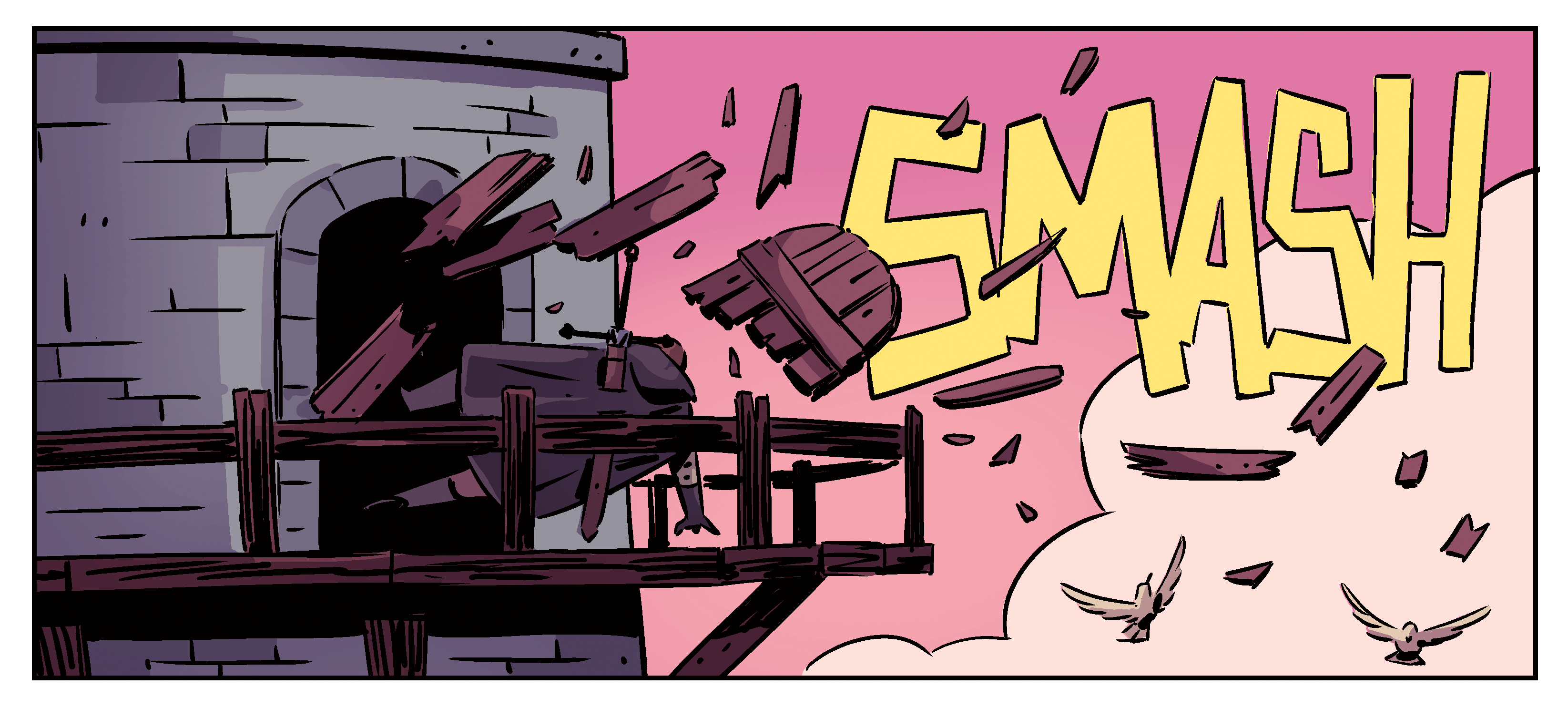
Having clear, readable panels is important. Details can be great, but over-cluttering can destroy a good composition. Use positive and negative space sensibly.
04. Set the right pace
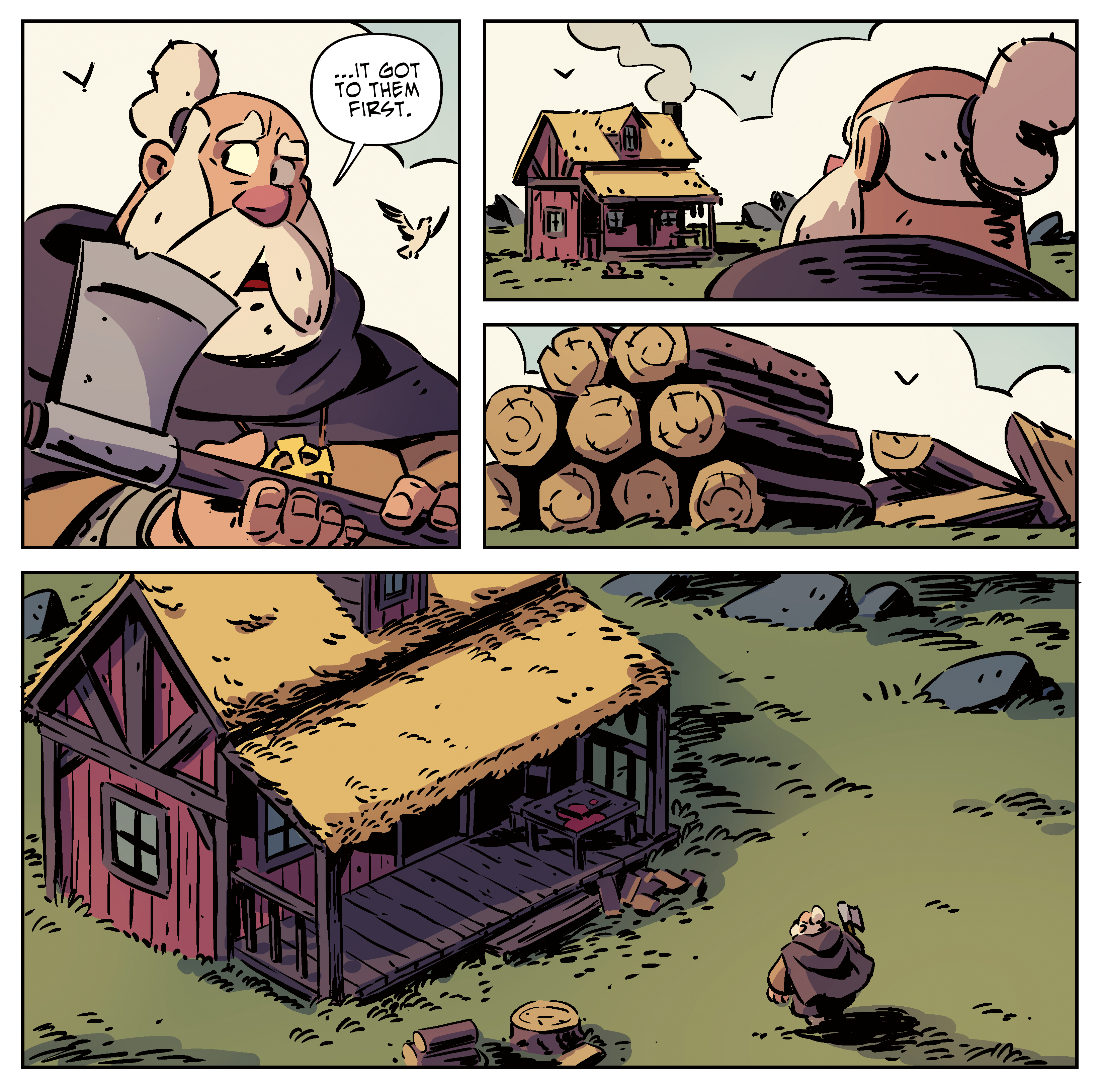
Build to intense or action-heavy moments. Don’t go all out through the entire book; allow the reader time to anticipate what’s about to happen.
05. Include quiet moments
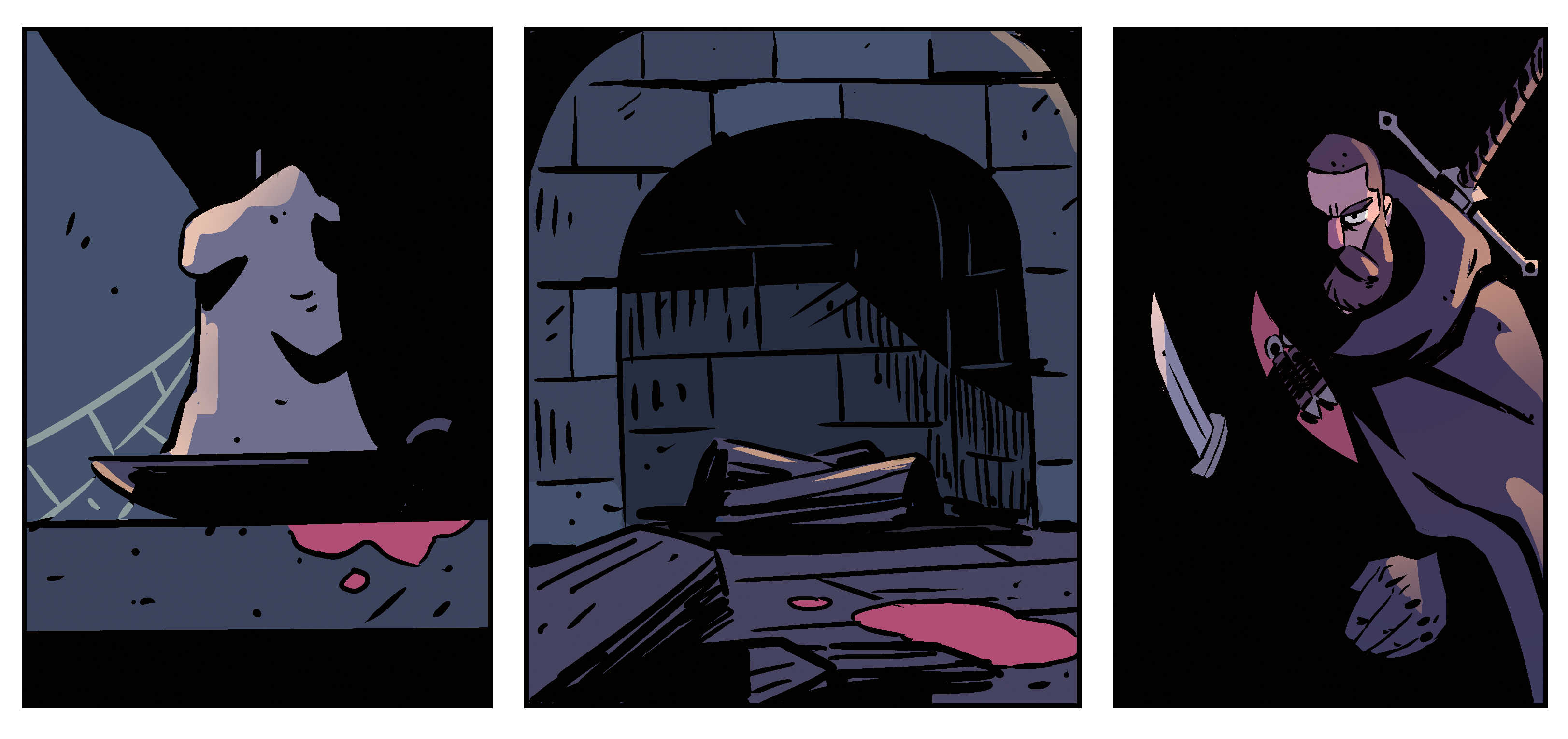
It’s also vital to have time for your characters to breathe – literally and figuratively. A quiet moment can make all the difference in any scene.
06. Vary your shapes

Avoid giving everyone the same body type. A variety of shapes and sizes in your main characters creates easy-to-read silhouettes and allows for more interesting compositions.
07. Use body language
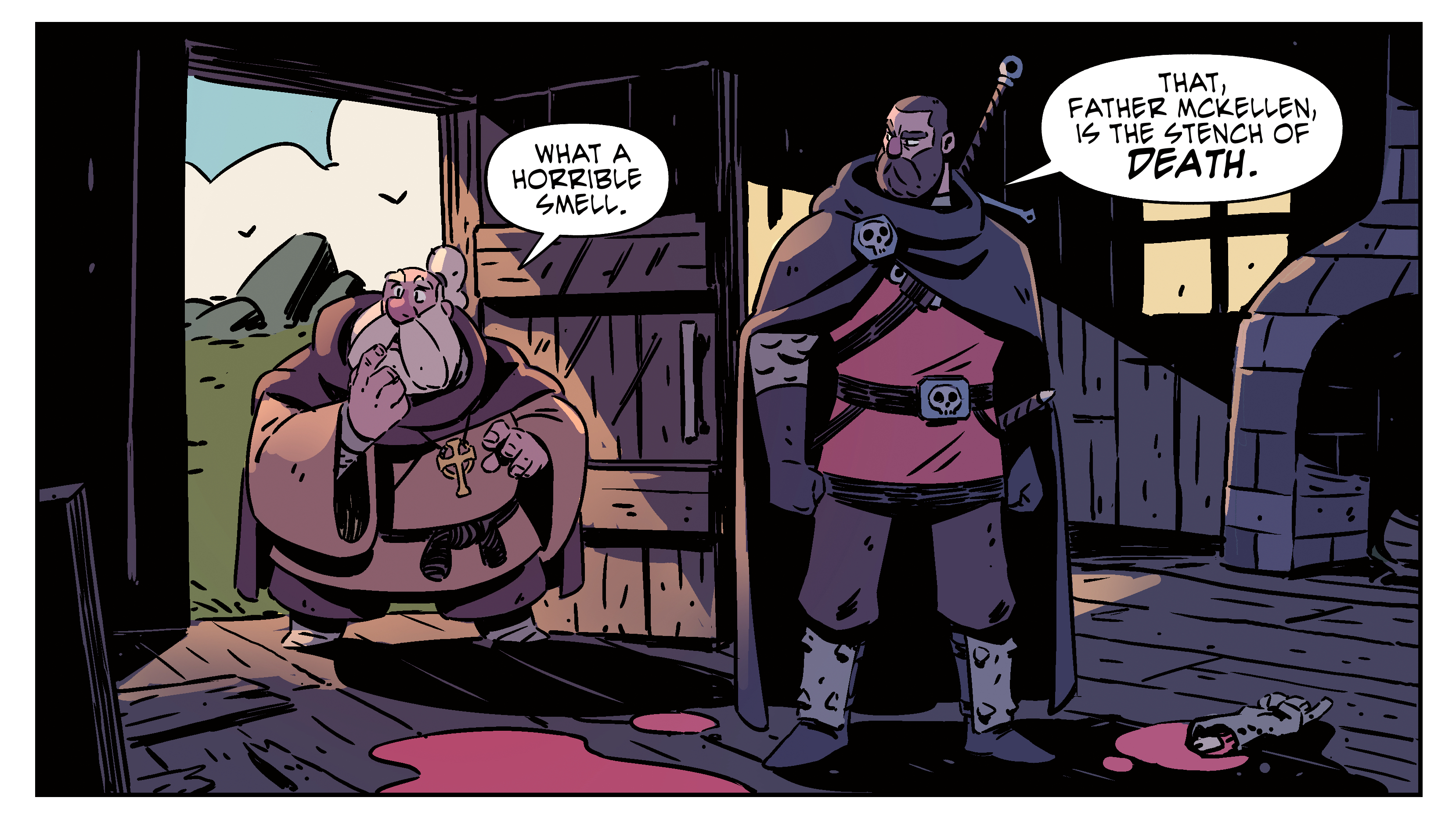
The shape, posture, colour and size of your character can do a lot of heavy lifting for the reader to understand who they are. Design your characters’ shapes to match up with their personalities.
08. Pose and Expression
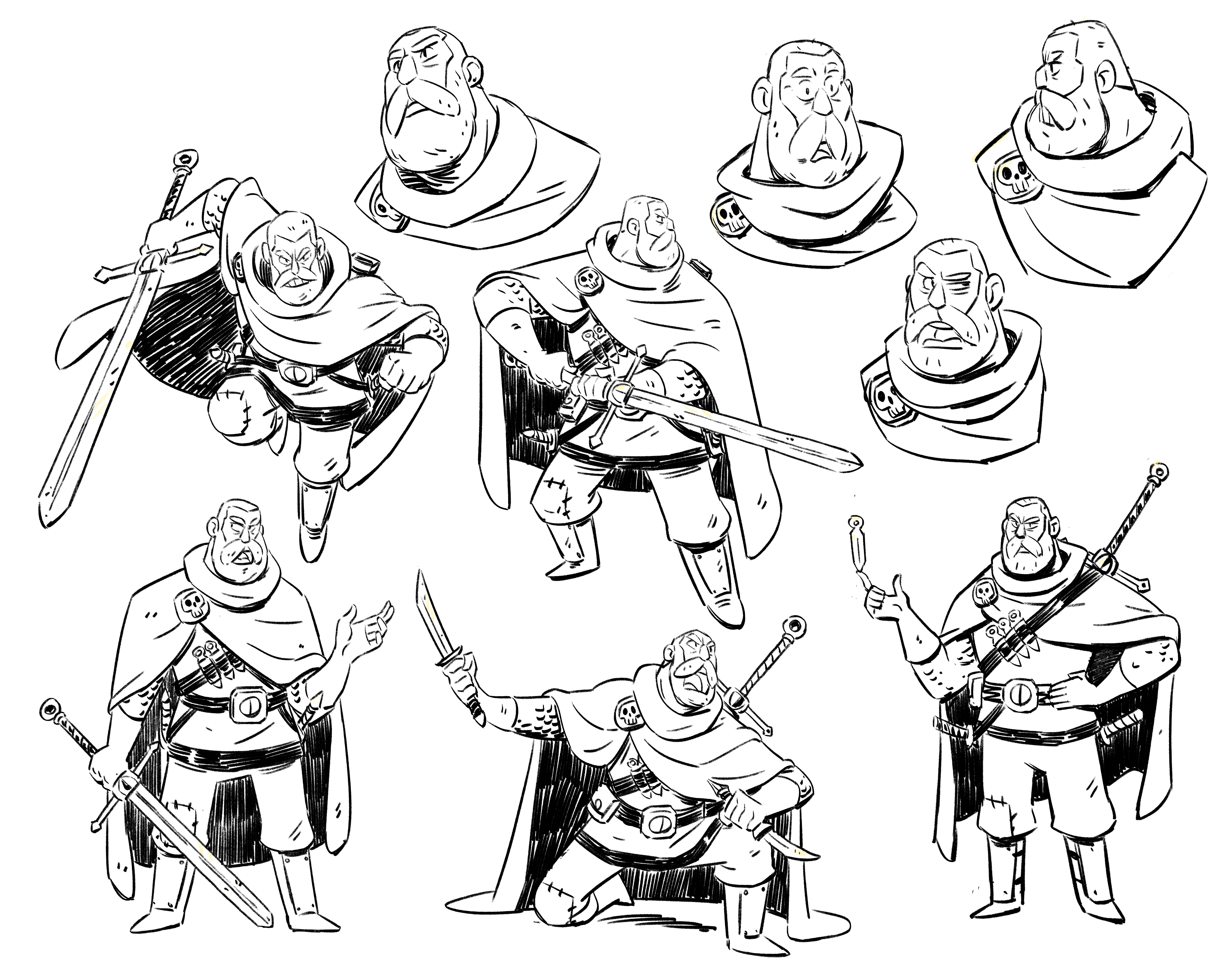
Drawing a pose and expression sheet for every main character is a big advantage. This will save you a lot of time in the long run and help to keep your characters on model.
09. Plan ahead
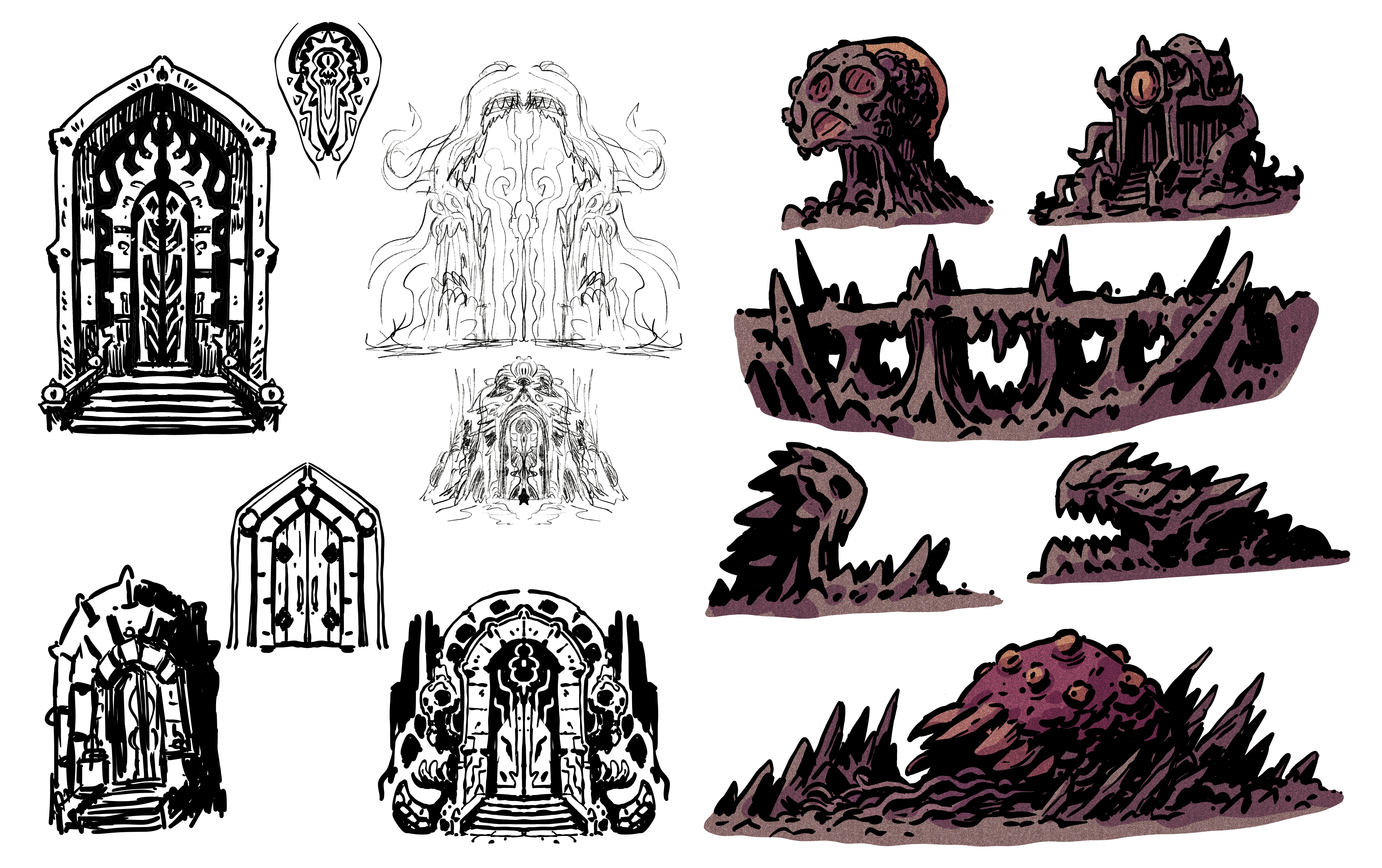
Concept art isn’t just for shows and movies. Think about your comic as a full production and concept as many aspects of the story as you can.
10. Make every element tell a story
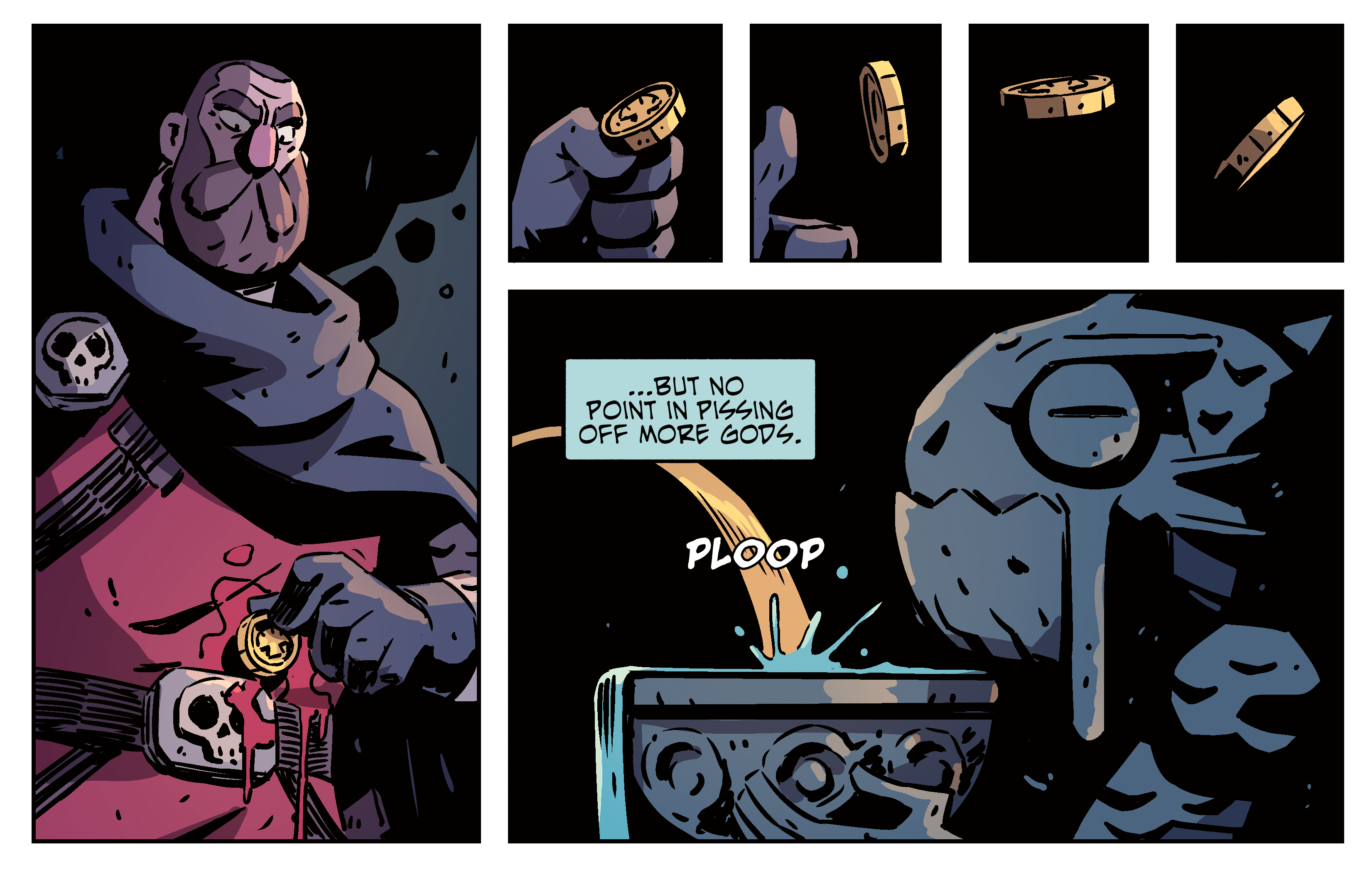
Everything you put on the page, from the characters to the architecture and even the shrubs, should tell the reader something about the world that you’re creating.
For more advice, see our comic art tips from Marvel's Adi Granov and our piece on how to colour comics. You might also like our pointers on how to create concept art a Marvel Studio artist.
Get more tutorials in ImagineFX
This content originally appeared in ImagineFX magazine, the world's leading digital art and fantasy art magazine. ImagineFX is on sale in the UK, Europe, United States, Canada, Australia and more. Limited numbers of ImagineFX print editions are available for delivery from our online store (the shipping costs are included in all prices).
Daily design news, reviews, how-tos and more, as picked by the editors.
Derek is a cartoonist from Canada. He has been a professional illustrator for over 25 years, self-publishing graphic novels while working for Marvel, Warner Bros., Disney, Hasbro and more.
You must confirm your public display name before commenting
Please logout and then login again, you will then be prompted to enter your display name.


